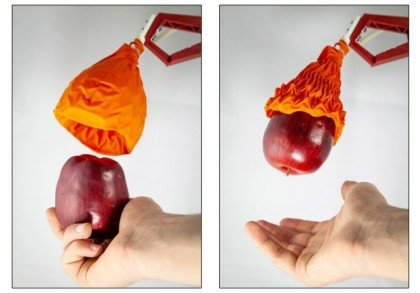
MIT researchers develop a much better way to optimize the control of soft robots
 MIT researchers have developed a new way to optimize how flexible robots perform certain tasks. Robots with flexible robots in particular are a big challenge, especially for flexible robotics, because they can basically move in an infinite way at any given moment. Doing something the best way is monumental.
MIT researchers have developed a new way to optimize how flexible robots perform certain tasks. Robots with flexible robots in particular are a big challenge, especially for flexible robotics, because they can basically move in an infinite way at any given moment. Doing something the best way is monumental.
To make the whole process easier and less computationally intensive, the team developed a way to simplify the robot into a representative “low-dimensional” model that could effectively move as infinitely as possible and use it accurately. It optimizes movement based on environmental physics and the natural way that individual soft robot-shaped soft objects actually bend in the environment.
So far, the MIT team has demonstrated only in simulations, but in this simulated environment, it has been greatly improved in terms of the robot’s programmed movement speed and accuracy, and the methods used today are much more complex. Indeed, in several tests on robots simulated with 2D and 3D designs and real designs with two and four legs, researchers were able to show that optimizations that typically perform 30,000 simulations are possible instead. 4 million
Why is this important? Basically, the amount of computational overhead required to achieve good movement results in a soft robot is greatly reduced, which is an important factor in making it partly for practical use in real world applications. If you need a huge amount of processing power and considerable real time to program a soft robot to perform truly useful tasks like underwater damage assessment and repair, it’s not really deployable.
In the future, the team hopes to develop optimization methods from simulation to actual testing and to develop soft robots from start to finish.






